The Ho Chi Minh City Ring Road 3 project is in the important stages of construction, but is facing a serious shortage of sand, forcing many items to temporarily stop operating for over 2 months.
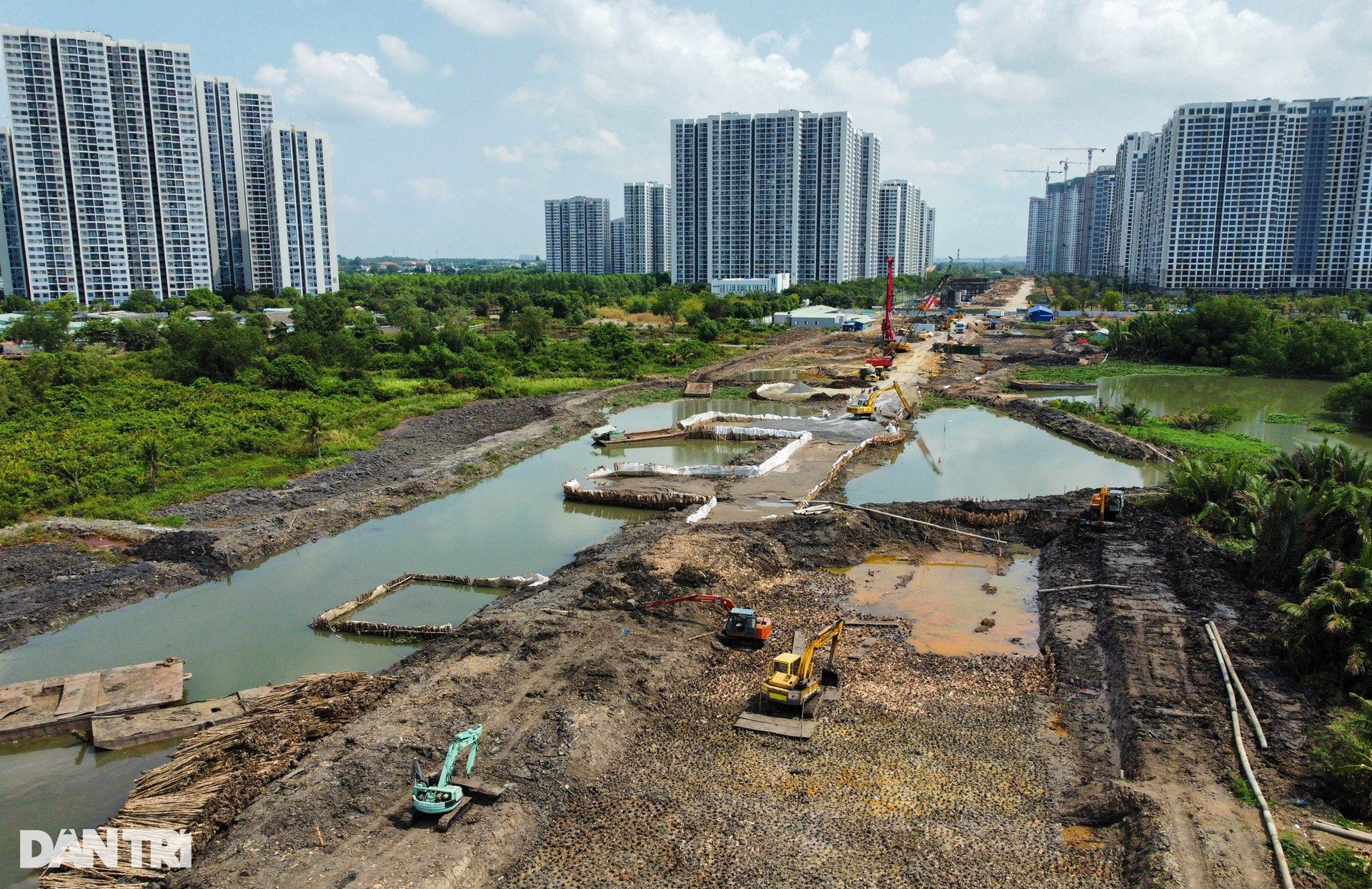 |
The Beltway 3 project through Ho Chi Minh City needs about 9.3 million cubic meters of sand for the foundation. But in reality, construction sites only have about 0.4 million cubic meters of sand from commercial sources. This reserve cannot meet the construction schedule.
Lacking sand, contractors have only been able to construct bridge structural items such as bored piles, pier bases, etc.
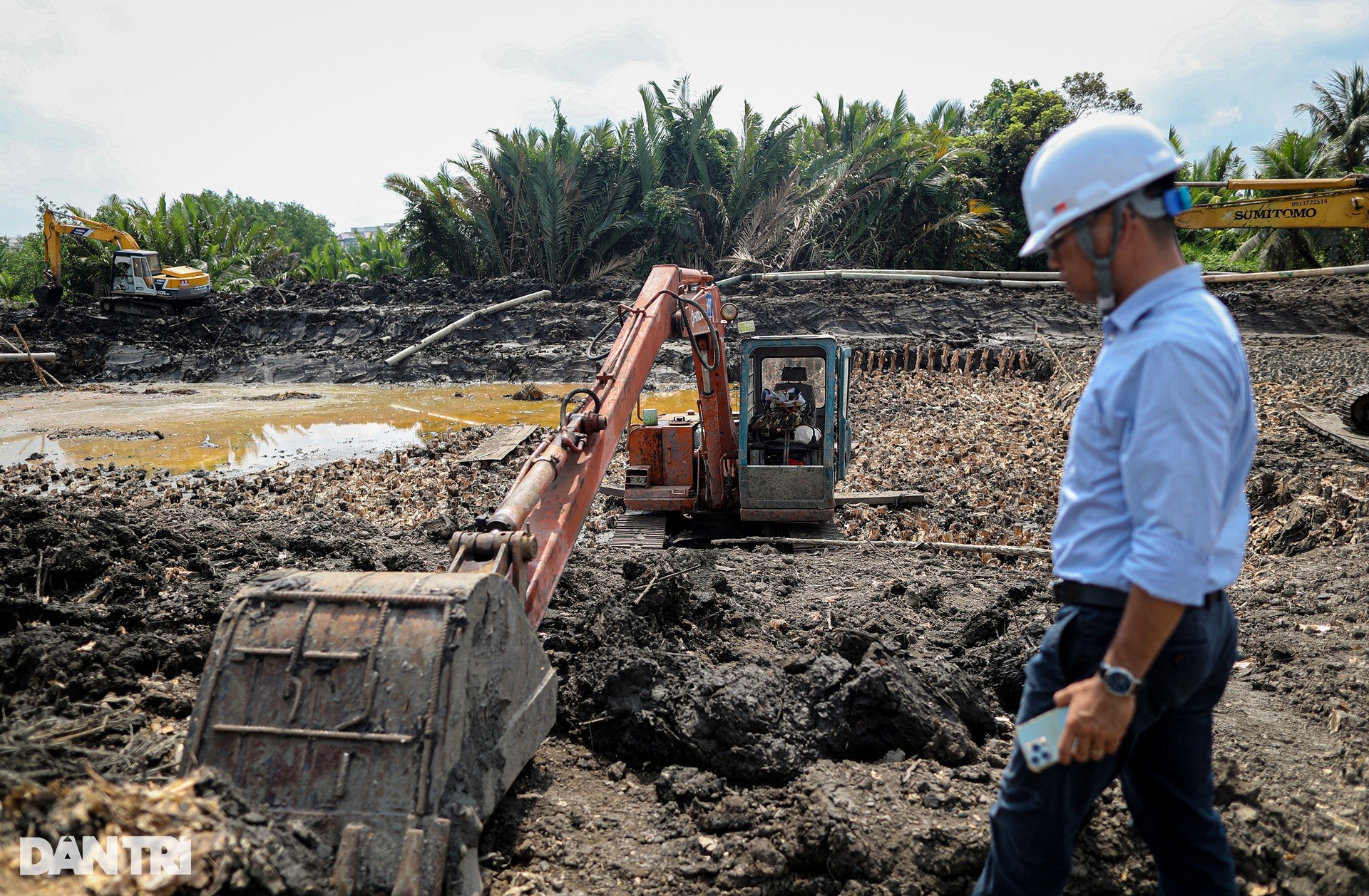 |
According to Dan Tri reporters at the Ring Road 3 construction site (section through Long Thanh My ward, Thu Duc city), many sections of the project have been "covered" for more than 2 months. The main highway, the service roads, and parallel roads have been delayed for many months, waiting for sand pumping.
A representative of the HCM City Traffic Project Management Board (investor - Traffic Board) said that the current source of sand for embankment has not met the needs of the Ring Road 3 project.
The main difficulty is that the provinces are prioritizing sand supply for local projects and the North-South Expressway projects. There is no policy to support sand for the Ho Chi Minh City Ring Road 3 project.
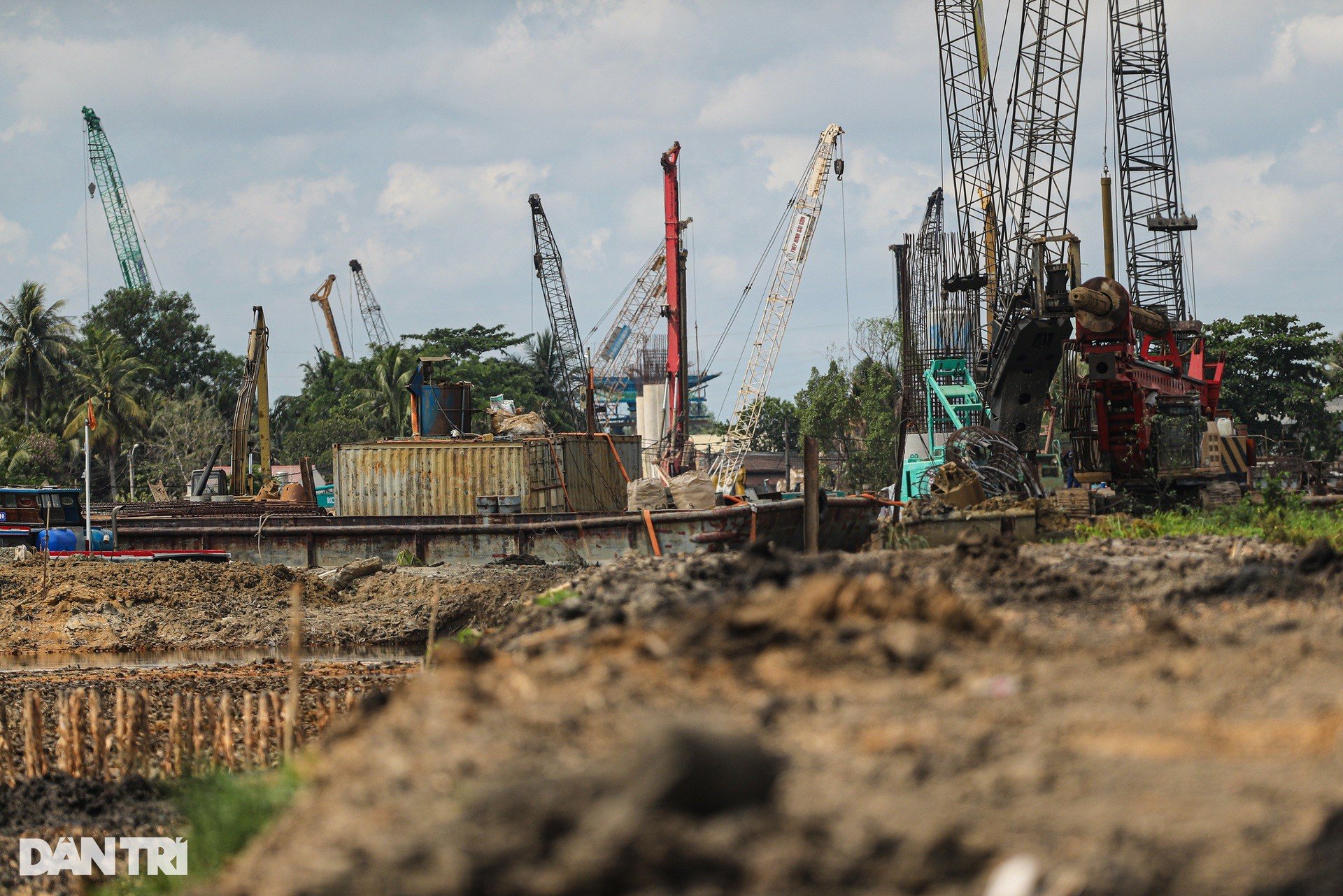 |
About 1.4km from the area where machinery and workers are busy constructing the bridge base and piers, the main road and parallel road of the project are in a state of waiting, with machinery temporarily stopped.
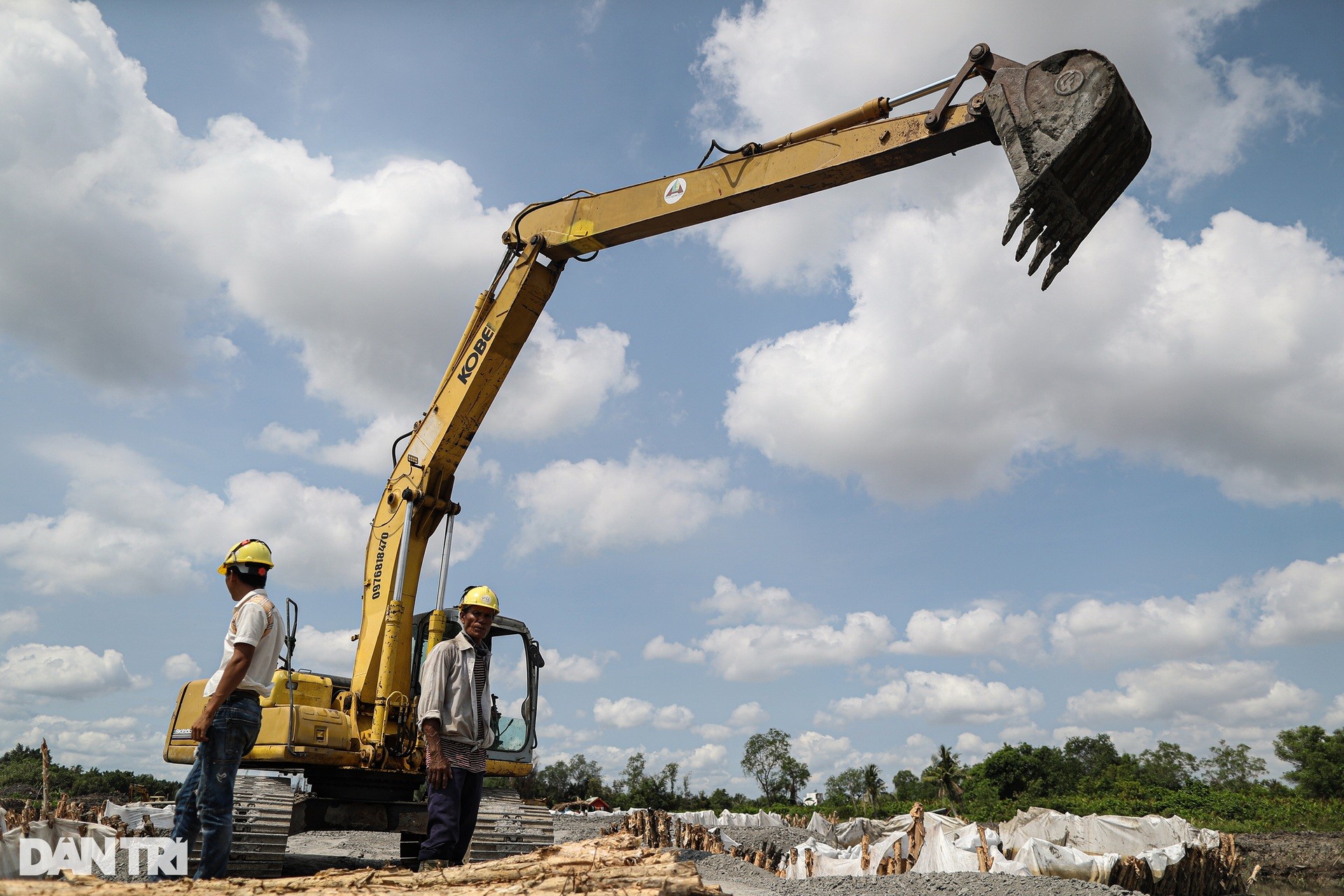 |
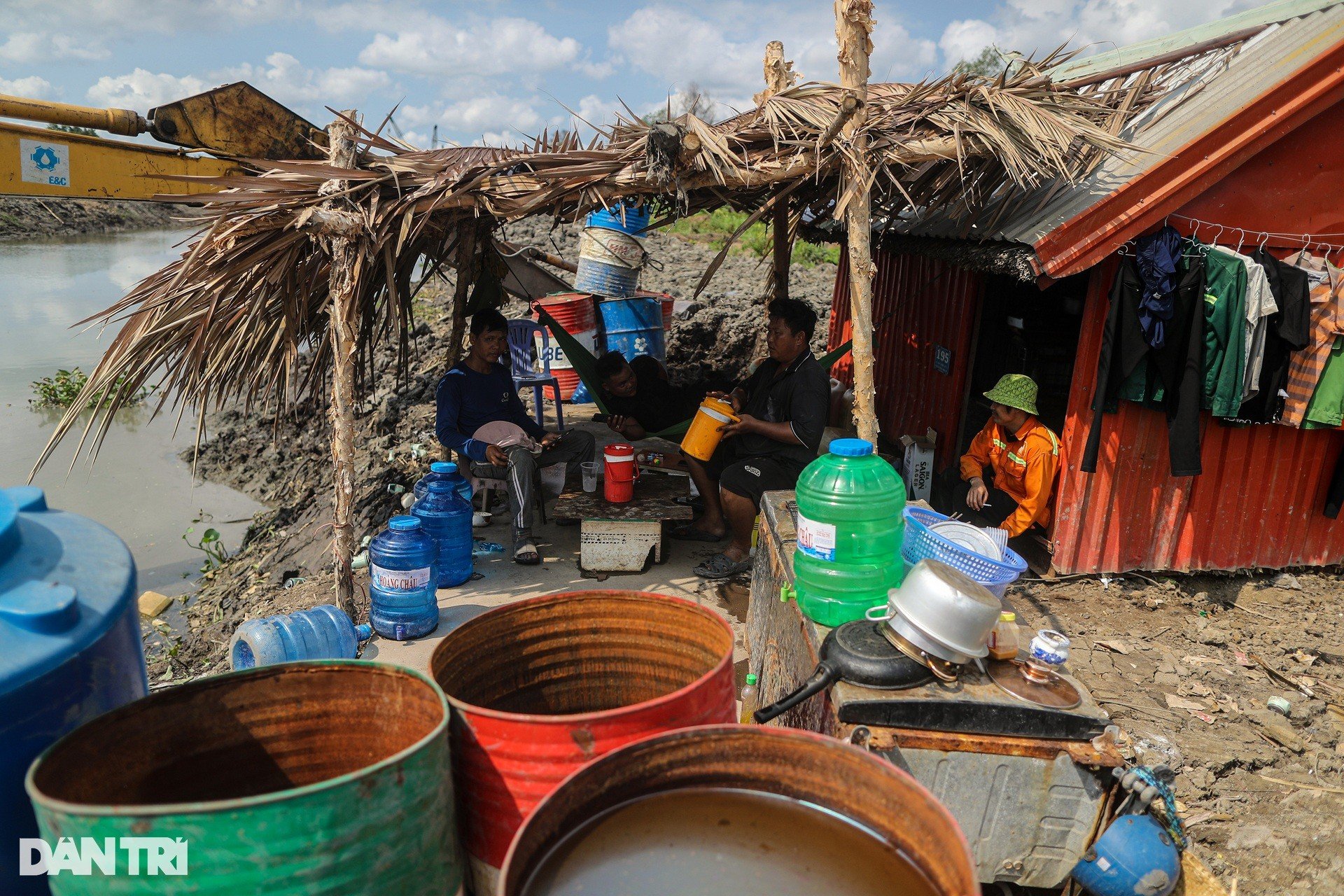 |
In sections lacking sand for construction, many machines stopped working for many days, and workers in some items temporarily stopped working because they could not continue working.
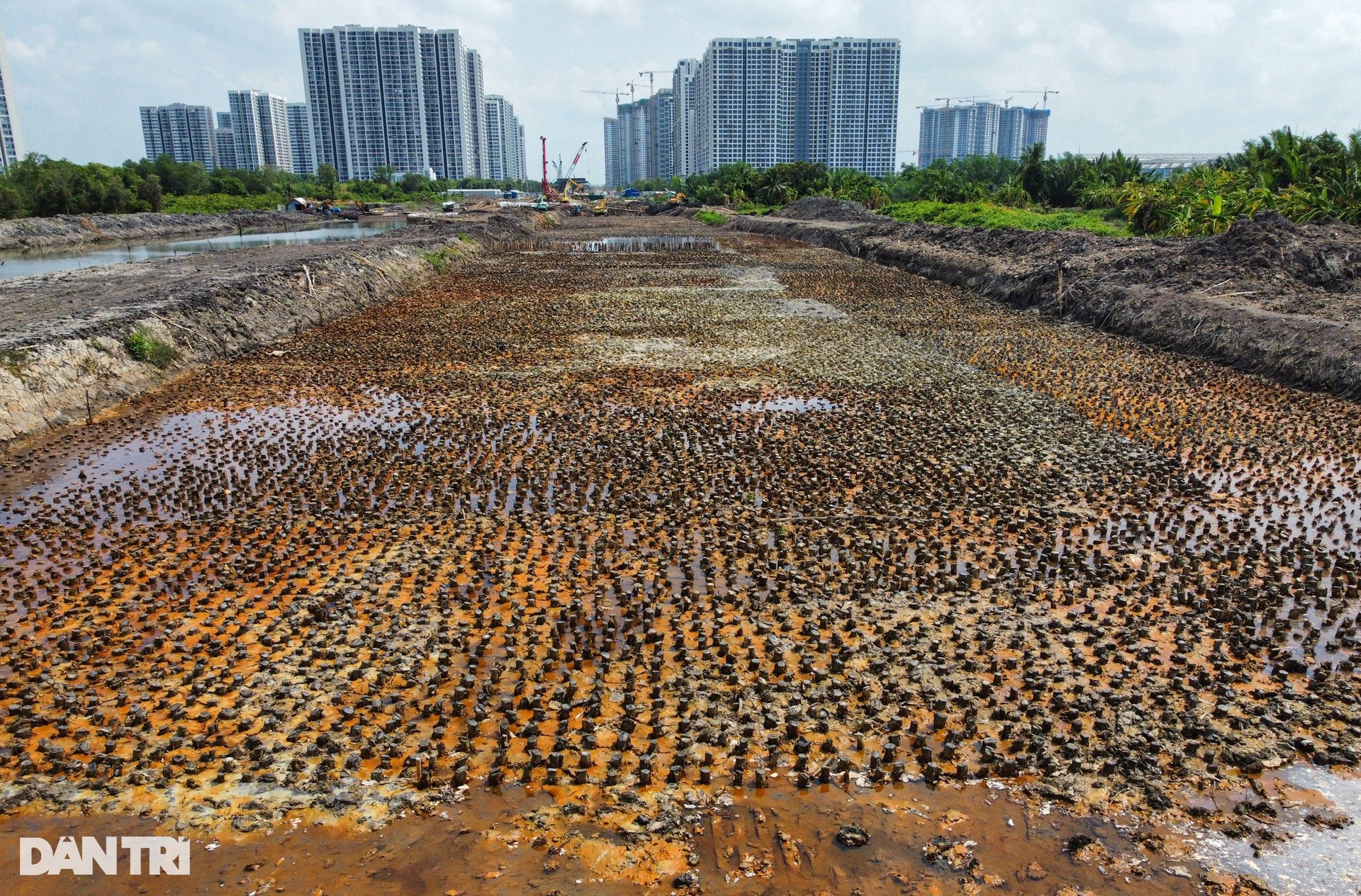 |
The entire road section has been organically dredged, embanked, and piled with cajuput piles. Now it is just waiting for sand to be added to the foundation for further construction.
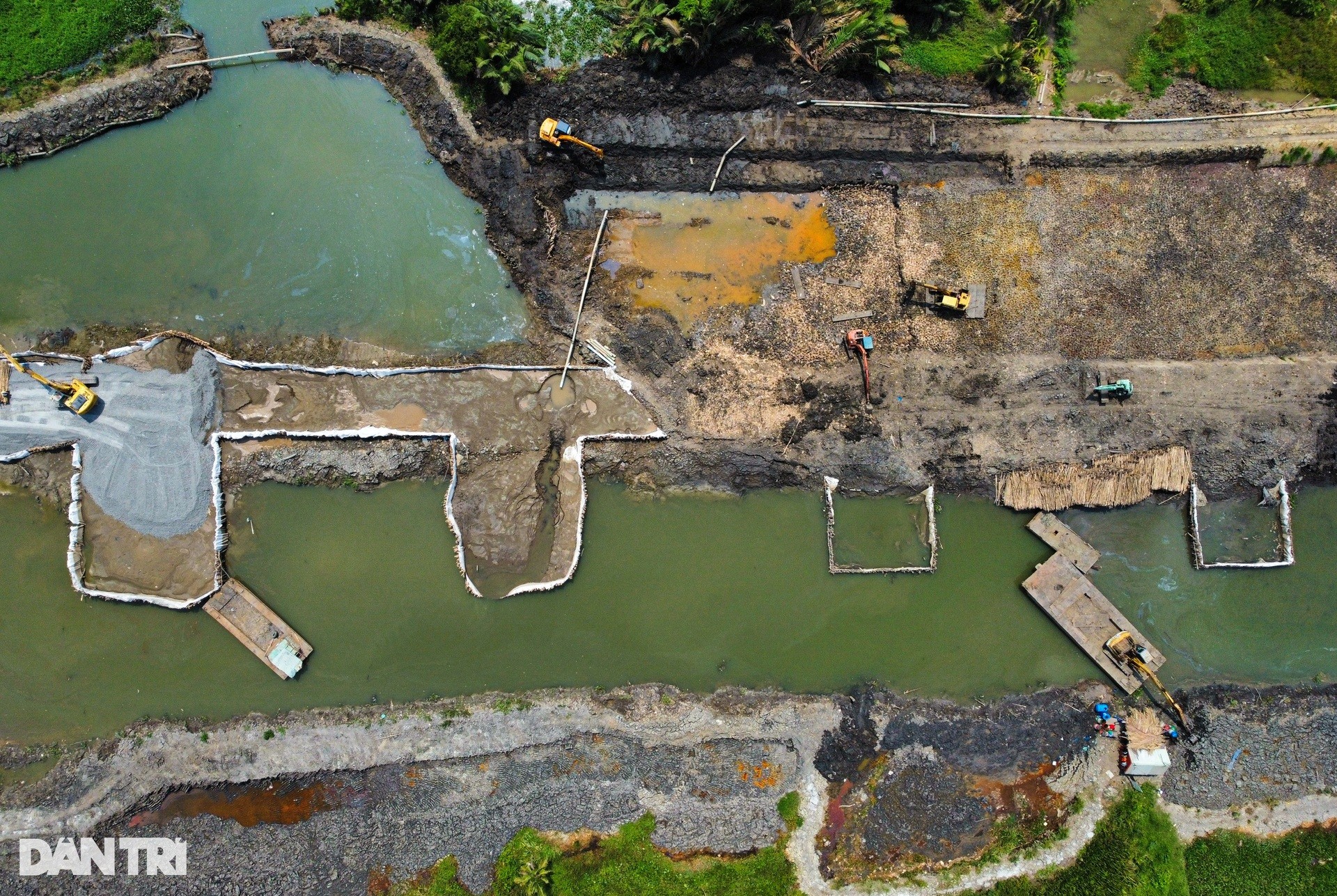 |
Due to lack of sand for foundation, many sections of Ring Road 3 have been in a state of interrupted construction.
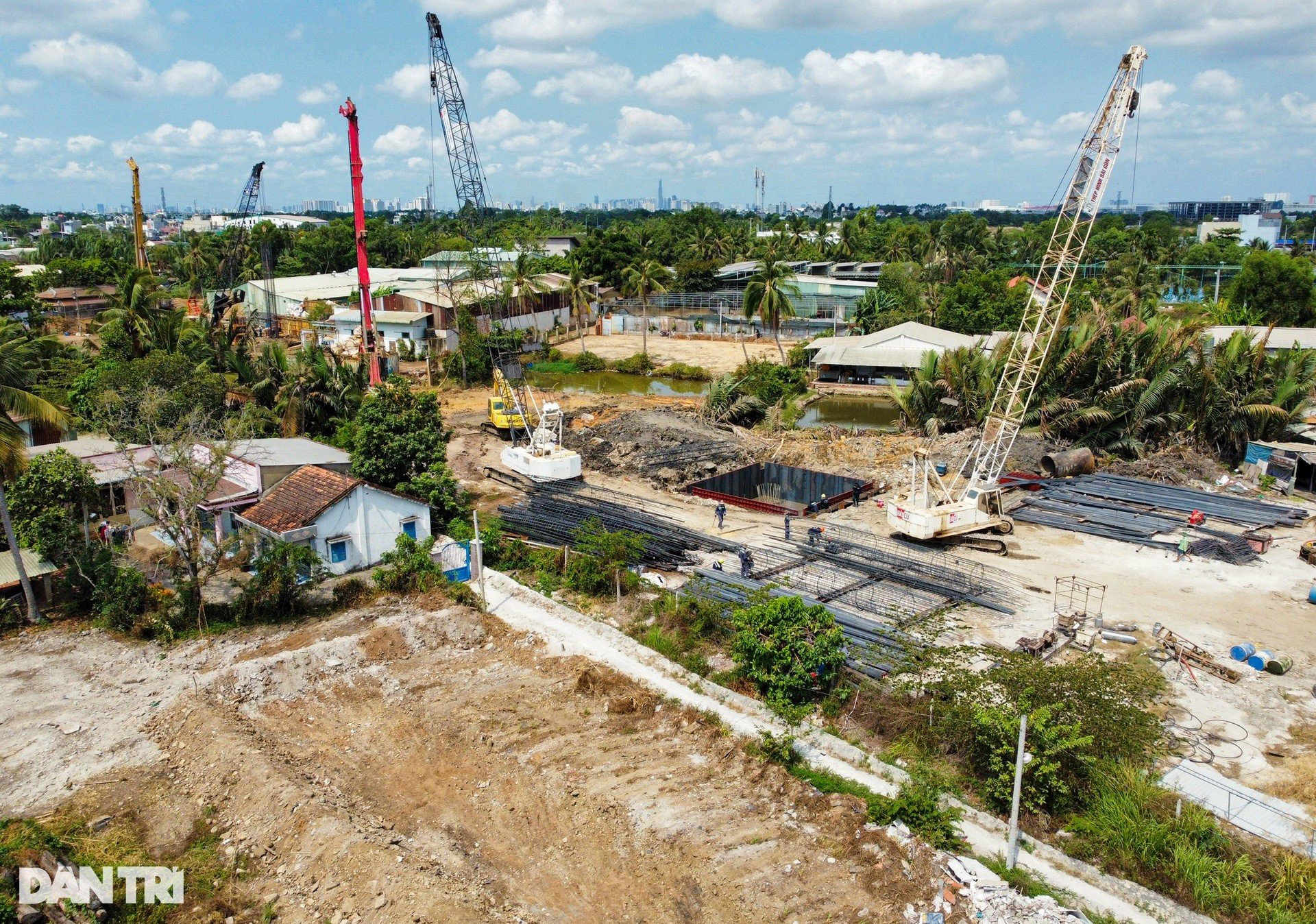 |
This project is also stuck in some sections because people have not agreed on compensation prices.
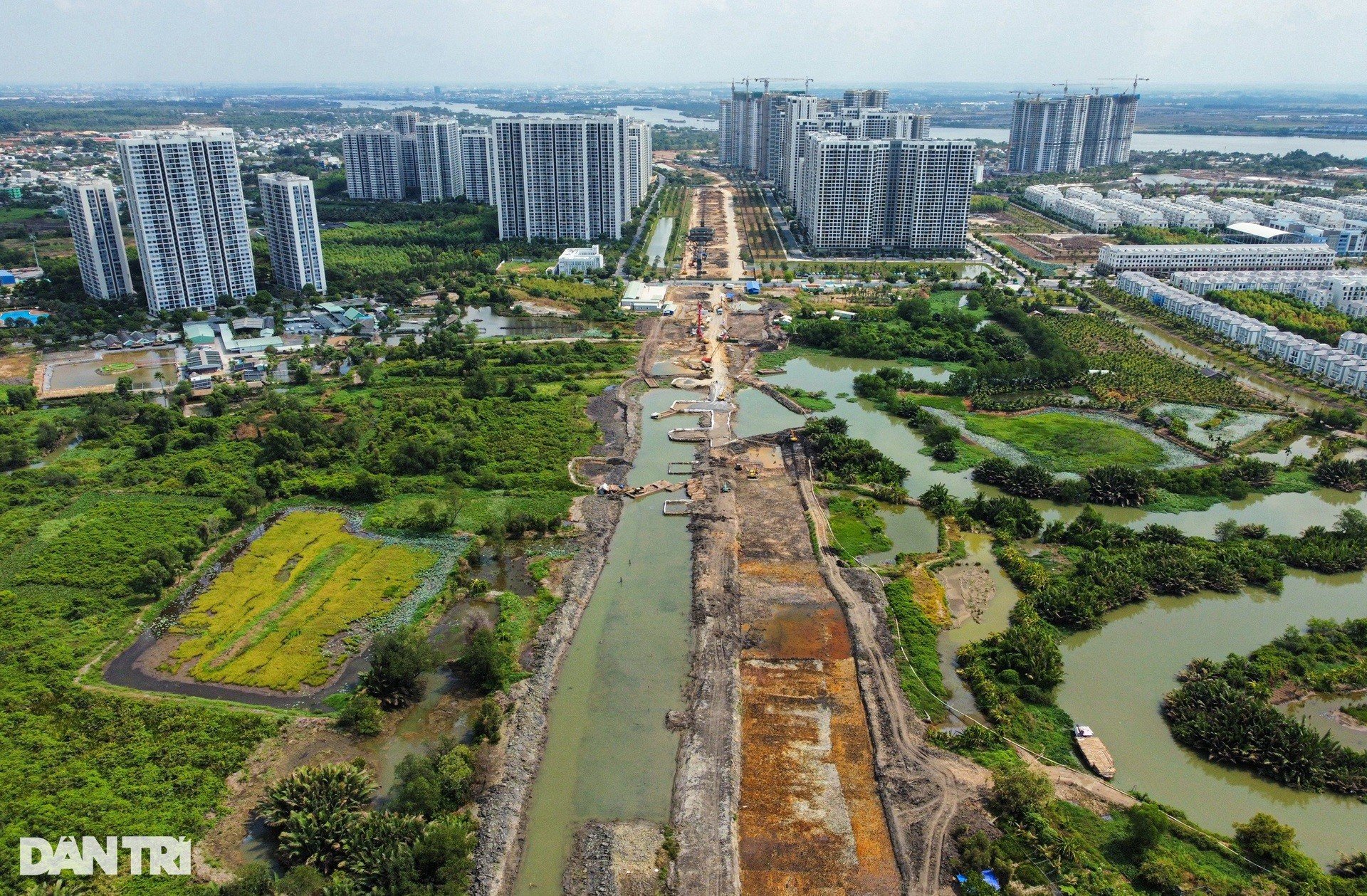 |
The representative of the contractor consortium - Dinh An Group Company Limited - said that the entire construction package 3 (3km long with two main items: bridge and parallel road, drainage system) requires about 200,000 cubic meters of sand.
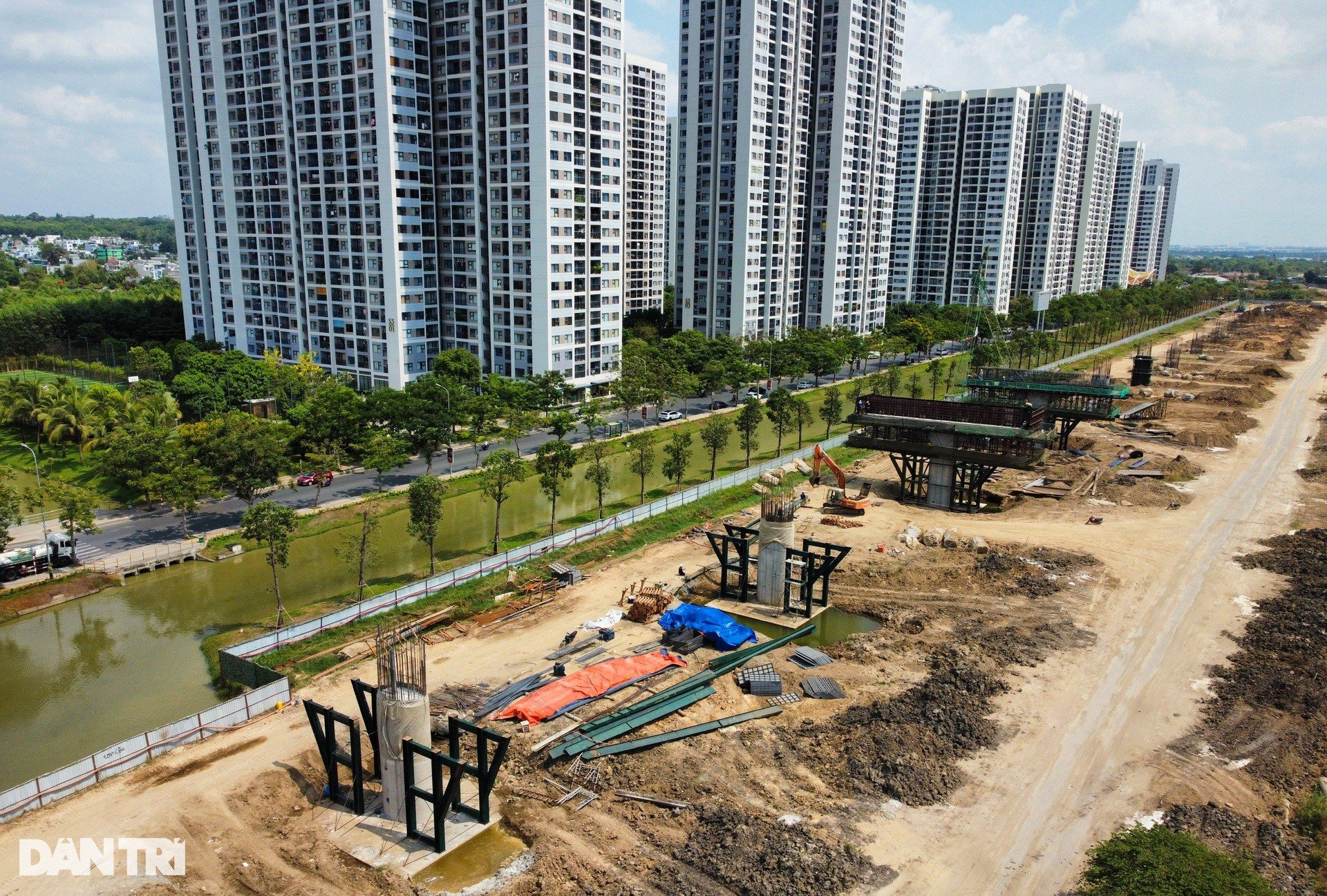 |
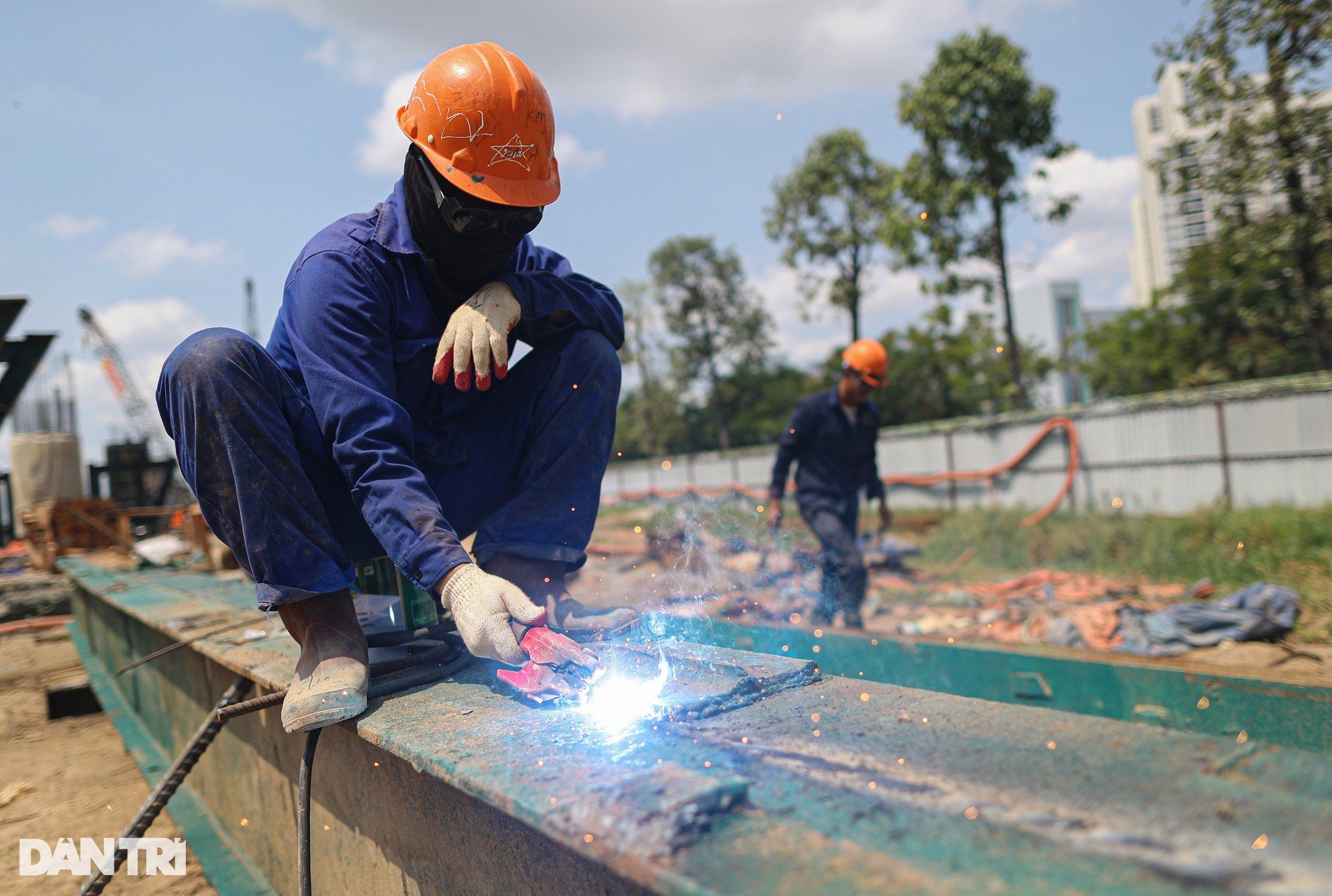 |
The viaduct is expected to be completed by October 2025. The construction site currently maintains 12 construction teams with 152 workers and 43 engineers every day.
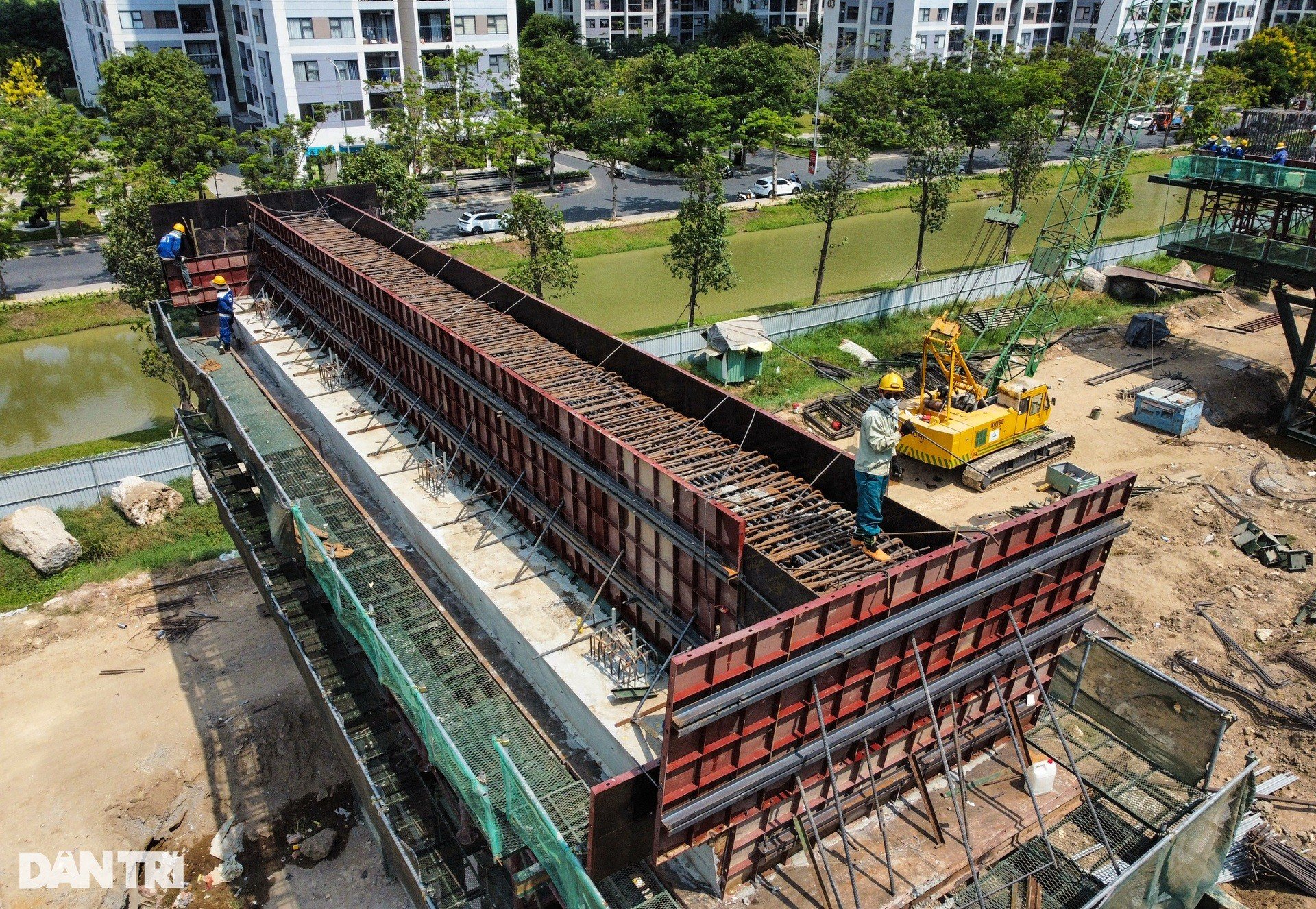 |
In construction package No. 3 (in Thu Duc City), the bridge and parallel road items of the Ho Chi Minh City Ring Road 3 project reached 14% of the total output. When completed, Ring Road 3 Bridge will connect 4 localities: Ho Chi Minh City, Binh Duong, Dong Nai and Long An.
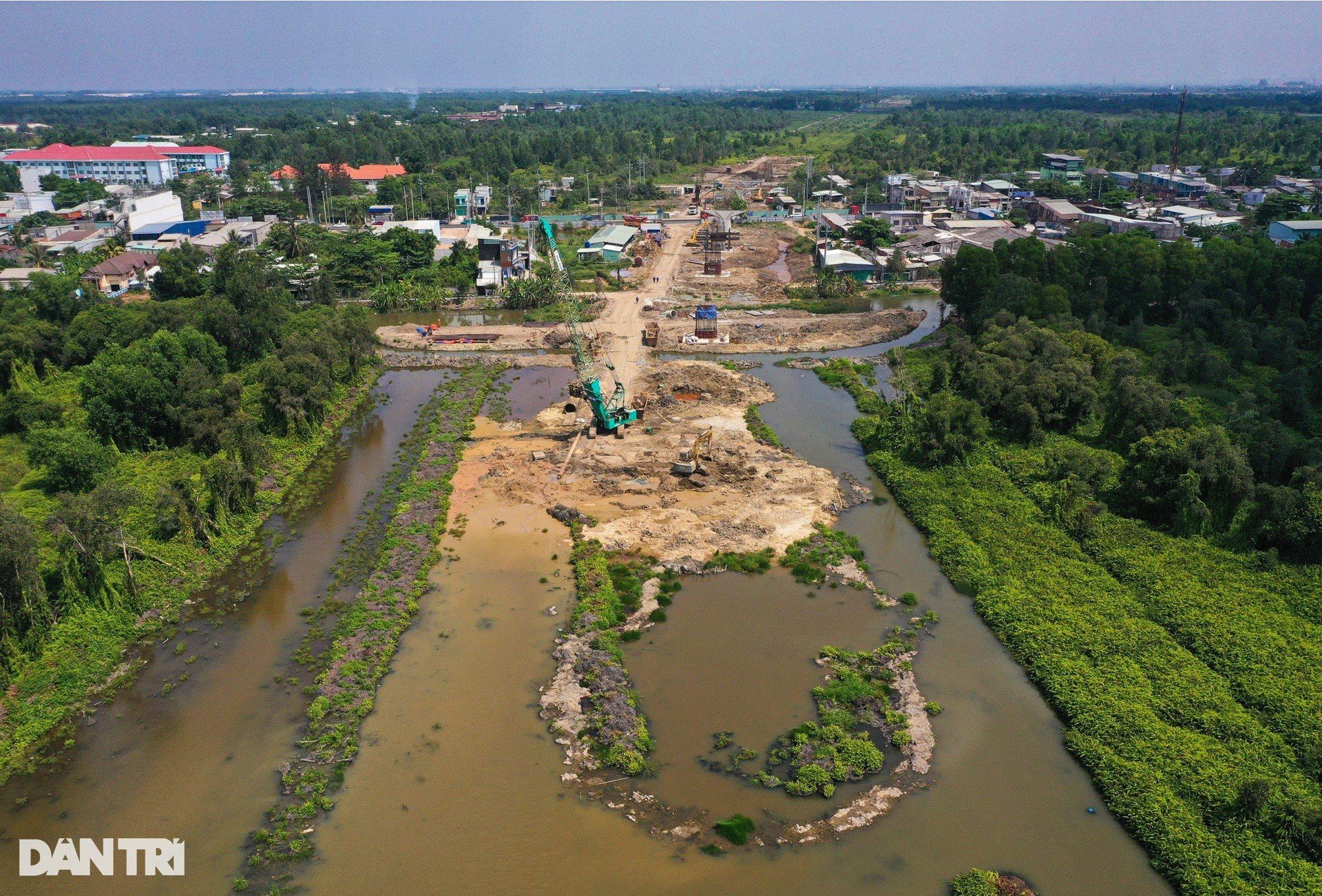 |
Similarly, construction package 8 of Ho Chi Minh City Ring Road 3 through Hoc Mon district also reached more than 5% of total output. According to the contractor, due to lack of construction sand, progress has been slowed down.
Contractors here are focusing on speeding up the bridge sections at TL9 overpass and N8 bridge while waiting for sand to be filled.
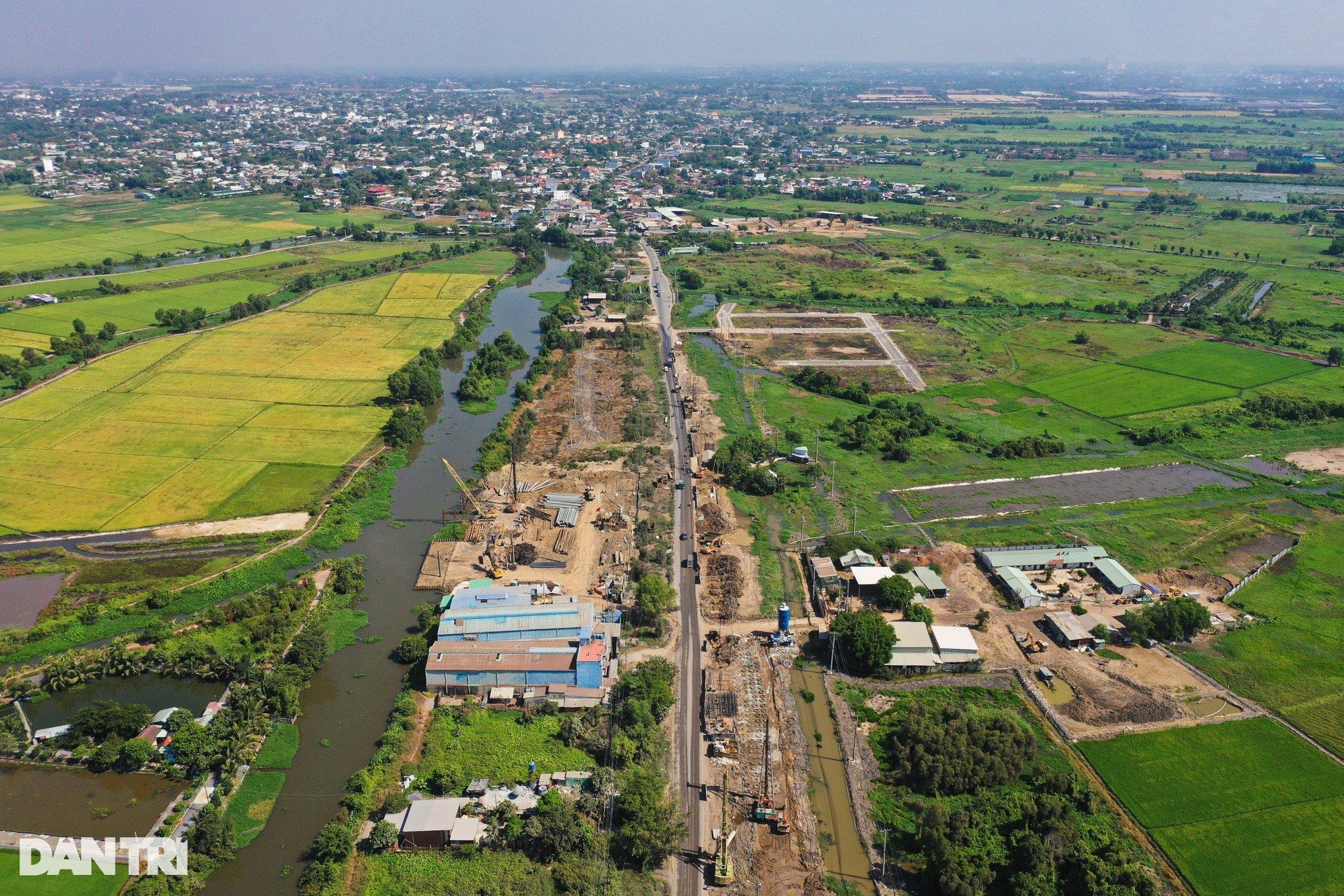 |
Meanwhile, in construction package 6, the section through Cu Chi district has reached nearly 20% of the total volume. This is one of the 4 main packages of the project that was deployed first and had the same starting date of June 18.
The total length of construction package 6 through Cu Chi district is about 6.7km, including expressway, river overpass, cross-road overpass, and tunnel through provincial road 15.
On April 1, Deputy Prime Minister Tran Hong Ha chaired a working session with ministries, branches and localities and directed the establishment of a working group to remove procedures and speed up the progress of providing sand for the Ho Chi Minh City Ring Road 3 project.
In addition, the Deputy Prime Minister also requested the Ministry of Transport and localities (Ben Tre, Soc Trang, Tra Vinh...) to soon announce the results of the pilot use of sea sand as roadbed sand material. The Ministry of Transport and the Ministry of Construction are responsible for reviewing and announcing the norms and unit prices of sea sand as a basis for localities to complete procedures for handing over to investors for exploitation. The Ministry of Industry and Trade is requested to report the results of research and negotiations on importing construction sand and roadbed sand from Cambodia.





According to Dan Tri/Photo: Hai Long
Source



![[Photo] Prime Minister Pham Minh Chinh receives delegation from the US-China Economic and Security Review Commission of the US Congress](https://vphoto.vietnam.vn/thumb/1200x675/vietnam/resource/IMAGE/2025/5/7/ff6eff0ccbbd4b1796724cb05110feb0)


![[Photo] General Secretary attends the parade to celebrate the 80th anniversary of the victory over fascism in Kazakhstan](https://vphoto.vietnam.vn/thumb/1200x675/vietnam/resource/IMAGE/2025/5/7/dff91c3c47f74a2da459e316831988ad)





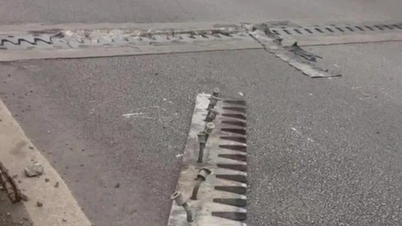
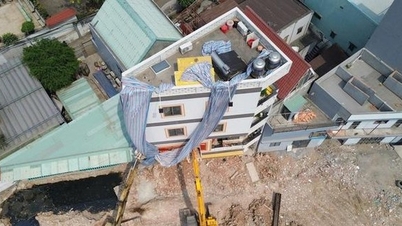
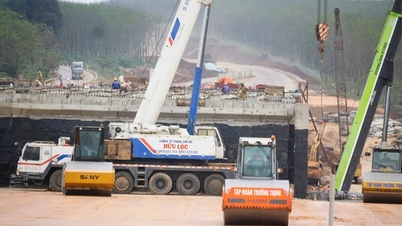




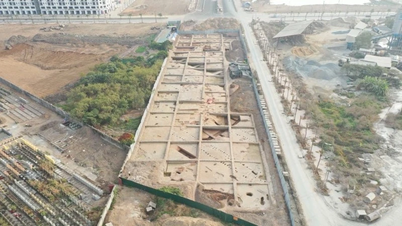










![[Photo] Sparkling lanterns to celebrate Vesak 2025](https://vphoto.vietnam.vn/thumb/1200x675/vietnam/resource/IMAGE/2025/5/7/a6c8ff3bef964a2f90c6fab80ae197c3)




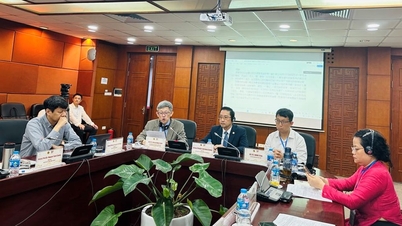

















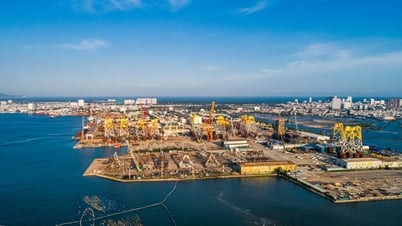




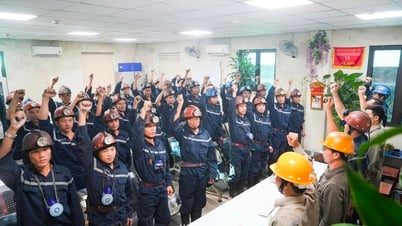






























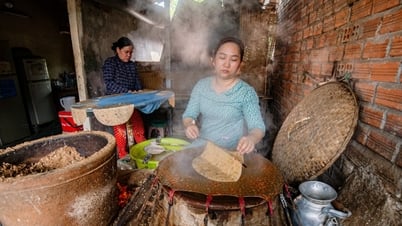



Comment (0)